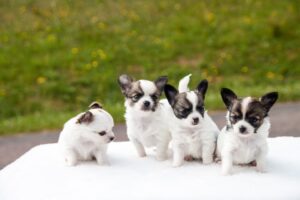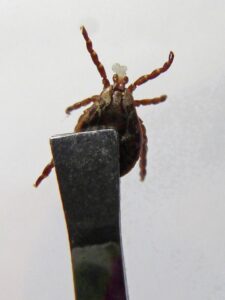Choosing to become a parent to a new cat is a big decision and comes with even bigger responsibilities. You are entirely responsible for your kitty’s health and development, and as such, you will have some important choices to make regarding her care. One of the most critical things to consider will be what you are going to feed your new furbaby.
Diet and nutrition is an essential element of your cat’s care and can make all the difference as to whether she grows into and remains a healthy adult, or is malnourished, weak and will almost certainly have a shorter life expectancy. Therefore, you must be completely certain that you are providing her with the right nutrition for her age, size and current health.
While indoor and outdoor cats can eat primarily the same diet, an indoor cat who is less active than her outdoor cousin, may be more prone to gaining weight. For this reason, it is essential that you monitor your kitty’s weight and consider feeding her a diet that is formulated specifically for cats that have the indoor, sedentary lifestyle.
How Are ‘Indoor’ Formula Cat Foods Different To Regular Ones?
The main difference between ‘indoor’ and ‘general’ cat food is that those designed for indoor pets typically has fewer calories. This means that your furbaby is less likely to have a surplus calorie intake, which could help her to manage her weight more effectively. Obesity is a common problem affecting felines, with as many as 1 in 3 cats now considered to be carrying additional pounds. Unfortunately, obesity can have serious health implications for your pet including the development of diabetes, heart disease and high blood pressure.
Another difference between indoor and outdoor formulas is that indoor varieties are designed to reduce the risk of hairballs forming. Cats who spend most of their time indoors usually spend significantly longer grooming themselves, and this can make them more likely to develop a hairball – an accumulation of matted hair in the digestive tract or stomach that typically occurs as a result of the natural grooming process. While most hair passes through without a problem, small amounts can remain and build up into a hairball. Products marketed as having a ‘hairball reducing formula’ typically contain a little more fiber, which will help the hair to pass naturally.
Since your indoor kitty needs less energy to fulfil her usually daily routine, most vets recommend that you choose a wet food wherever possible. Dry foods such as kibble are packed full of carbohydrates, providing energy that your cat simply doesn’t need. If this energy isn’t used, it is stored as fat and could cause your cat to put on weight.
Finding The Right Cat Food For Your Indoor Cat
With so many different products on the market, it can be tricky to determine which is right for your pet. If you have an indoor kitty, look for products that are marketed specifically at indoor-dwelling animals. These might state ‘for indoor cats’ or ‘low carbohydrate’. As stated above, try and choose wet, canned products as these will need to be eaten in one sitting, enabling you to keep a firm on eye on how much your furbaby is eating. This is much better for her weight than filling up a bowl with kibble and letting her free-feed throughout the day.
Some of the most popular indoor cat food brands today include:
– Wellness Core Natural
– Halo Spot’s Pate Food
– Blue Freedom Grain-Free Wet Cat Food
– Pro Plan Focus Indoor Care Canned Food
– NUTRO Indoor Cat Adult Dry food
For further advice on the right food to feed your indoor cat, contact us and consult with our veterinarian.



